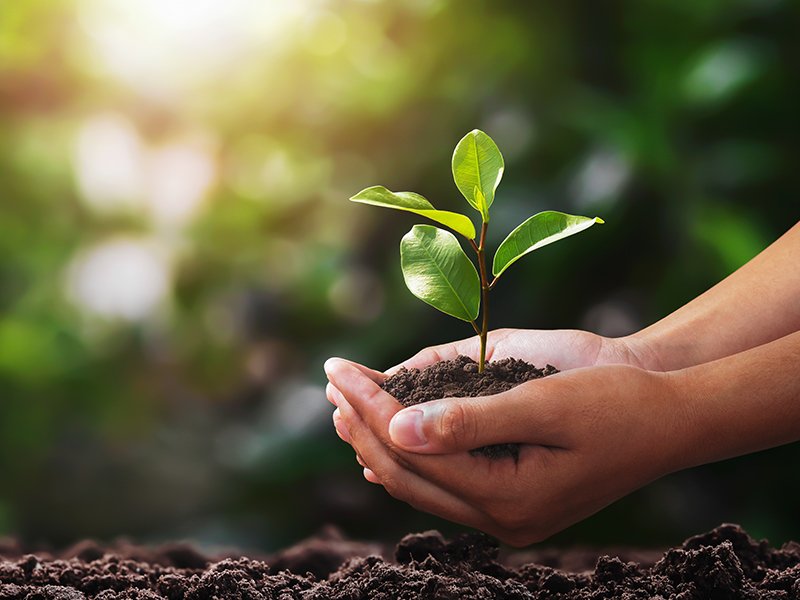
Luxury real estate is undergoing a profound transformation, driven by a combination of shifting consumer values, technological advancements, and growing environmental consciousness. As we progress into the future, the definition of luxury extends beyond mere opulence to encompass sustainability and social responsibility. This article explores the evolution of luxury real estate, examining how sustainable solutions are shaping the homes of tomorrow and catering to the needs and desires of the future generation of homeowners.
Understanding the Shift Towards Sustainable Luxury
In recent years, there has been a notable shift in consumer preferences towards sustainable living, with an increasing number of homebuyers prioritizing environmental considerations in their purchasing decisions. This trend is particularly pronounced in the luxury real estate market, where discerning buyers seek homes that not only offer luxurious amenities and impeccable design but also minimize their ecological footprint.
The integration of sustainability into luxury real estate involves a holistic approach that encompasses various aspects of design, construction, and lifestyle. From energy-efficient appliances to eco-friendly building materials and renewable energy systems, sustainable luxury homes are setting new standards for environmentally conscious living.
Integrating Sustainability into Luxury Real Estate
The integration of sustainability into luxury real estate involves a multifaceted approach that begins with thoughtful design and continues throughout the construction and operation of the home. Architects and developers are embracing innovative techniques and technologies to minimize resource consumption, reduce waste, and maximize energy efficiency.
One key aspect of sustainable luxury real estate is the use of eco-friendly building materials. From reclaimed wood and recycled glass to low-impact concrete alternatives, developers are exploring a wide range of sustainable materials that offer both aesthetic appeal and environmental benefits.
Furthermore, sustainable luxury homes often feature advanced energy management systems, such as solar panels, geothermal heating and cooling, and smart home automation. These systems not only reduce energy consumption and utility costs but also provide homeowners with greater control over their environmental impact.
In addition to energy efficiency, sustainable luxury homes prioritize indoor air quality and occupant health. High-performance insulation, natural ventilation systems, and non-toxic building materials help create a healthy living environment that enhances comfort and well-being.
Beyond the physical structure, landscaping and outdoor amenities also play a crucial role in sustainable luxury real estate. Native plantings, green roofs, and rainwater harvesting systems can help mitigate stormwater runoff and promote biodiversity, while outdoor living spaces provide opportunities for connection with nature and social interaction.
The Rise of Eco-Conscious Communities
In recent years, there has been a growing interest in eco-conscious communities that prioritize sustainability, social responsibility, and community engagement. These master-planned developments offer a holistic approach to luxury living, integrating green spaces, sustainable infrastructure, and shared amenities that foster a sense of belonging and environmental stewardship.
One hallmark of eco-conscious communities is their emphasis on walkability, connectivity, and access to public transportation. By reducing reliance on cars and promoting alternative modes of transportation, these developments help reduce carbon emissions and promote a healthier, more sustainable lifestyle.
Furthermore, many eco-conscious communities incorporate sustainable agriculture and food production into their design, with community gardens, urban farms, and farm-to-table dining options providing residents with access to fresh, locally sourced produce. This not only reduces the environmental impact of food transportation but also promotes community engagement and healthy eating habits.
In addition to environmental sustainability, eco-conscious communities often prioritize social equity and inclusivity, with affordable housing options, community centers, and recreational facilities that serve residents of all ages and income levels. By fostering a sense of community and belonging, these developments help create vibrant, resilient neighborhoods that thrive in harmony with nature.
The Future of Sustainable Luxury Real Estate
As we look to the future, the convergence of luxury and sustainability in real estate will continue to evolve, driven by advancements in technology, changing consumer preferences, and the urgency of addressing climate change. Developers and designers will increasingly prioritize eco-friendly design principles, innovative materials, and renewable energy solutions in their projects, pushing the boundaries of what is possible in luxury living.
Moreover, as awareness of environmental issues grows and regulatory frameworks evolve, sustainable building practices will become increasingly mainstream in the luxury real estate market. From green building certifications to carbon-neutral developments, sustainability will be a defining characteristic of the homes of tomorrow.
Conclusion
In conclusion, the future of luxury real estate lies in sustainable solutions that balance opulence with environmental responsibility. From eco-friendly materials and energy-efficient systems to community-focused initiatives and social equity, sustainable luxury homes offer a vision of living that is both luxurious and sustainable. As we continue to innovate and push the boundaries of what is possible in luxury living, let us also strive to create homes that enrich the lives of residents while safeguarding the planet for future generations.
